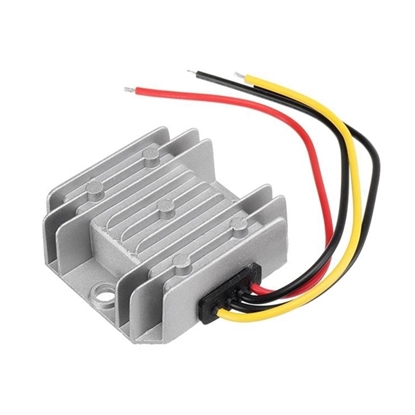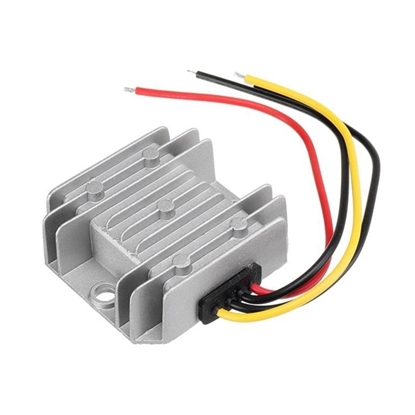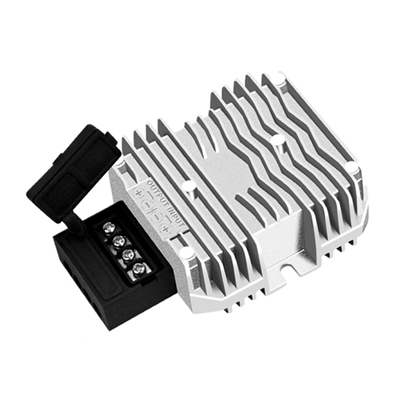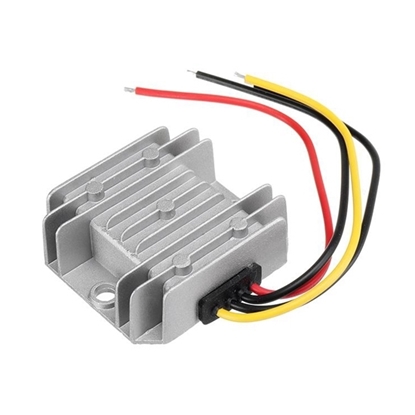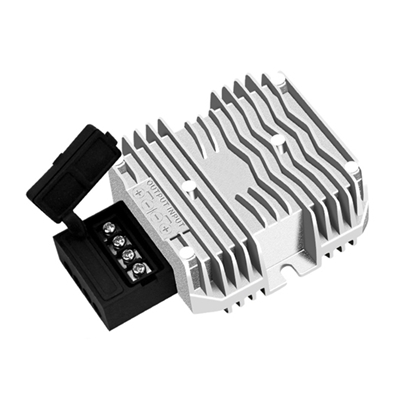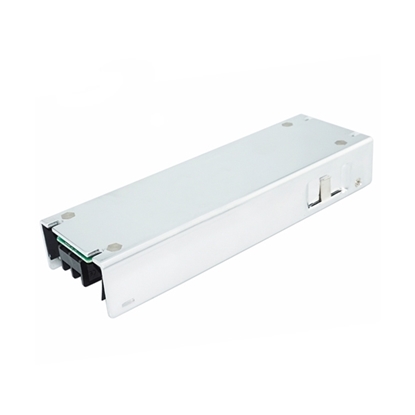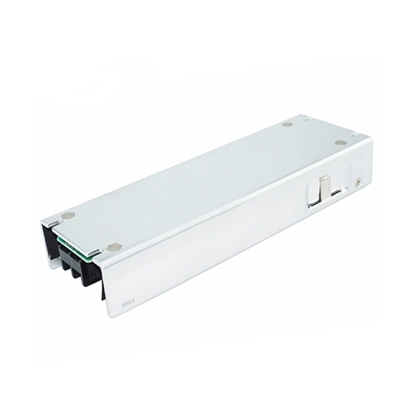DC-DC Converter
DC-DC Buck Converter, 72V to 24V
Isolated DC-DC Converter, 72V to 12V
DC-DC Buck Converter, 48V to 13.8V/36V
Isolated DC-DC Converter, 24V to 12V
DC-DC Buck Converter, 24V to 13.8V/15V/19V
Isolated DC-DC Converter, 24V to 5V
Isolated DC-DC Converter, 220V to 12V
Isolated DC-DC Converter, 220V to 24V
A DC to DC converter is a type of electric power module that converts a source of direct current (DC) from one voltage level to another. ATO provides DC-DC buck converters, DC-DC boost converters, and DC-DC boost buck converters, and isolated DC-DC converters with a wide power range and cheap price for selection. Buck converters are designed to step down 24V/36V/48V to 12V, 48V to 24V. But boost converters are the opposite, to step up 12V to 24V/36V/48V, 24V to 48V. They are used in portable electronic devices such as cellular phones and laptop computers, which are supplied with power from batteries primarily.
Click here to get the ATO DC-DC converter E-Catalog: ![]() DC-DC Converter E-Catalog
DC-DC Converter E-Catalog
DC-DC Converter Working Principle
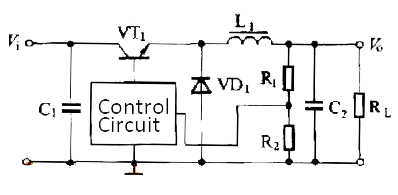
DC to DC means DC to DC conversion. There are three types DC converter on ATO.com, including boost converter, buck converter and boost-buck converter. The output current of the step-down DC to DC converter is relatively large, mostly hundreds of milliamperes to several amperes, so it is suitable for occasions with relatively large output current. The basic working principle circuit of the step down converter is shown in the figure. VT1 is a switch tube. When VT1 is turned on, the input voltage Vi supplies power to the load RL through the inductor L1, and at the same time it also charges the capacitor C2. In this process, energy is stored in the capacitor C2 and the inductor L1. When VT1 is off, the energy stored in the inductor L1 continues to supply power to RL. When the output voltage is going to drop, the energy in the capacitor C2 is also discharged to RL, maintaining the output voltage unchanged. The diode VD1 is a freewheeling diode to form a circuit loop. The output voltage Vo is divided by the voltage divider composed of R1 and R2, and the signal of the output voltage is fed back to the control circuit. The control circuit controls the on and off time of the switch tube to keep the output voltage unchanged.
DC-DC Converter Input and Output Voltage Test
DC to DC converters are used in portable electronic devices such as cellular phones and laptop computers, which are supplied with power from batteries primarily. Such electronic devices often contain several sub-circuits, each with its own voltage level requirement different from that supplied by the battery or an external supply (sometimes higher or lower than the supply voltage). Additionally, the battery voltage declines as its stored energy is drained. Switched DC to DC converters offer a method to increase voltage from a partially lowered battery voltage thereby saving space instead of using multiple batteries to accomplish the same thing. Click the vedio below to learn more about DC-DC converter input and output voltage test.
What are the DC-DC converters used for?
DC-DC converters are commonly used in mobile devices such as mobile phones and notebook computers, which are mainly powered by batteries. There are often many sub-circuits in this type of electronic equipment, and the power supply voltage required is also different from that provided by the battery or external power supply. And when the battery's charge decreases, its voltage also drops. Switching DC-DC power modules can be used with a battery that has dropped in voltage to keep the voltage supplying the circuit within a certain range, thus eliminating the need for multiple batteries for this purpose.
Most DC-DC converters also regulate the output voltage, but there are some exceptions, such as high-efficiency LED driver circuits that regulate the current to the LED DC-DC converters, and simple charge pumps, Is to double or triple the output voltage.
DC-DC converters can also be used with photovoltaic arrays or wind turbines in order to harvest the most energy. Such devices are called power optimizers.
Generally, DC-DC converters are used in the transformer of 50-60Hz mains power supply. If the power exceeds several watts, the volume will be large and heavy, and the copper loss of the winding and the eddy current of the iron core will cause energy loss. DC-DC converters design circuits so that the transformer or inductor can operate at higher frequencies, so the components are smaller, lighter, and less expensive. Even such components will be used in some occasions where traditional mains frequency transformers were used. For example, household electrical equipment often rectifies the mains power into direct current, converts it into high-frequency alternating current of the required voltage using the technology of switching power supply, and finally rectifies it to direct current of the corresponding voltage. The whole circuit is more complicated than the traditional system with transformer and rectifier, but the price is cheaper and the efficiency will be better.
Filter by:
Clear All
